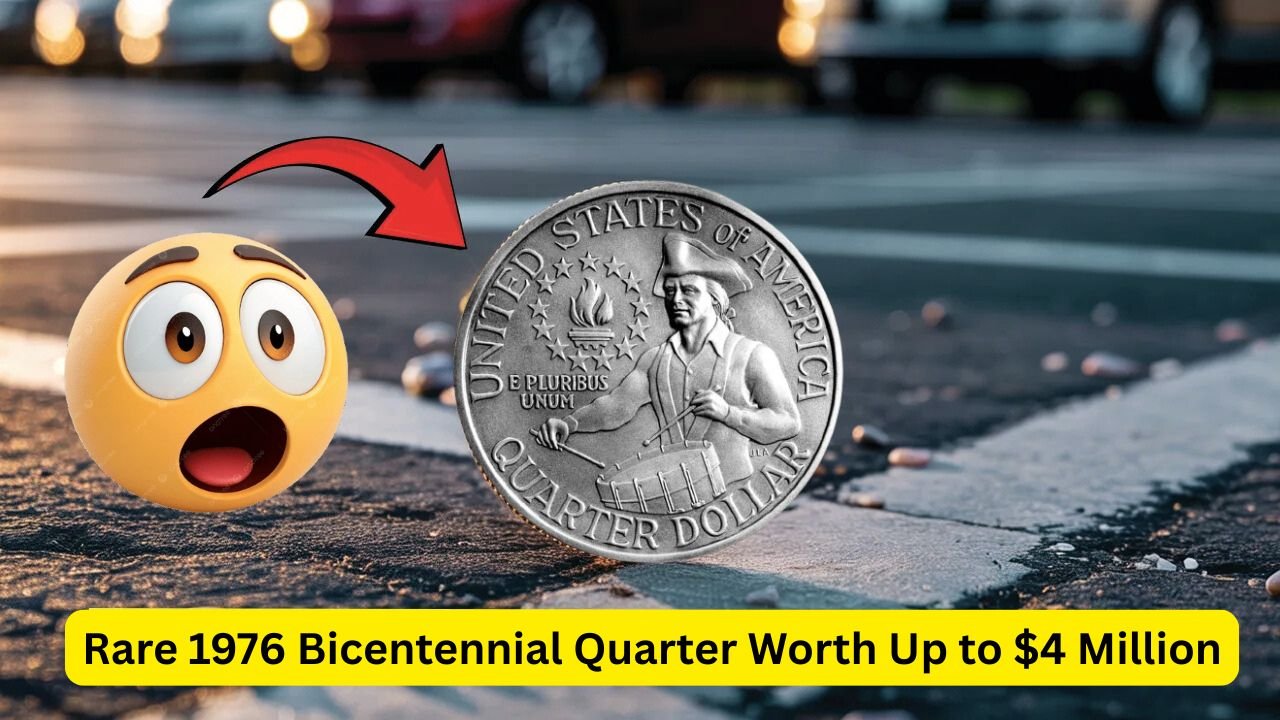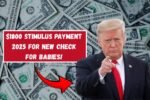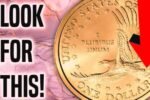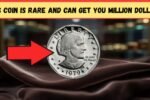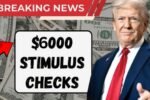How to Spot the Rare 1976 Bicentennial Quarter Worth: Have you ever checked your spare change and wondered if any of your coins could be worth a fortune? One particular coin, the 1976 Bicentennial Quarter, has gained huge attention in the collector’s world. Some versions of this coin are so rare that they could be worth up to $4 million today. But what makes this quarter so valuable, and how can you tell if you have one of these rare treasures in your pocket or coin jar?
The History Behind the 1976 Bicentennial Quarter
The year 1976 was special in American history—it marked 200 years since the United States declared independence. To celebrate this big event, the U.S. Mint released a special edition of coins, including the quarter. These coins were part of the country’s bicentennial celebration and looked different from regular quarters. Instead of the usual eagle on the back, the 1976 quarter showed a special design: a drummer boy playing a drum, with a torch surrounded by stars. This unique design alone makes the coin interesting, but not every 1976 quarter is worth millions.
What Makes Some of These Quarters Worth Millions?
While millions of 1976 Bicentennial Quarters were made, only a few special types are truly rare and valuable. Some were struck using special materials like silver instead of the usual copper and nickel. Others were made as proof coins, which are struck using a special process that makes them shinier and more detailed. A few rare quarters were made with errors—like being struck twice or missing some parts of the design. These rare versions are the ones collectors are willing to pay a lot of money for.
Understanding the Coin’s Design Features
The front of the coin still shows the head of George Washington, just like most U.S. quarters. But on the back, you’ll see the image of a Revolutionary War-era drummer boy. Around him are a victory torch and thirteen stars, which represent the original thirteen colonies. The date on the coin reads 1776–1976 instead of a single year. This double-date is a clue that the coin is a bicentennial edition.
How to Check If You Have a Rare Version
To know if your 1976 quarter is valuable, you need to look closely. First, check the mint mark, which tells you where the coin was made. You’ll find it just to the right of Washington’s ponytail. A “D” means it was made in Denver, and an “S” means it came from San Francisco. If your quarter has an “S,” it could be a silver or proof version. Also, listen to the sound it makes when you drop it on a hard surface. Silver coins often sound different than regular ones.
Next, check the coin’s weight using a digital scale. Regular quarters weigh about 5.67 grams, but silver ones are slightly heavier, around 6.25 grams. If your quarter looks extra shiny, has a mirror-like finish, or seems to have unusual features, it might be one of the rare types.
Why Do Collectors Pay So Much?
Rare coins are like treasures to collectors. They pay top dollar for coins that are hard to find, especially if the coin is in excellent condition. A rare error, a special silver version, or a proof coin kept untouched for years can easily become worth thousands—or even millions. Some collectors are willing to pay millions simply because the coin is one-of-a-kind or extremely well-preserved. The excitement of owning a piece of history that few others have is part of what makes these coins so valuable.
Where to Sell or Get Your Coin Checked
If you think you have a valuable Bicentennial Quarter, don’t rush to spend it. Instead, take it to a coin expert or a trusted coin shop. They can tell you if it’s rare and how much it might be worth. Some websites and auction houses also specialize in rare coins. A coin that seems ordinary to you might be a jackpot in the eyes of a collector.
Table: Quick Guide to Identifying Rare 1976 Bicentennial Quarters
| Feature | What to Look For |
|---|---|
| Mint Mark | “S” (San Francisco) is more valuable than “D” or no mark |
| Material | Silver versions are heavier and have a different ring |
| Design | Drummer boy on back, double date “1776–1976” |
| Coin Finish | Proof coins are extra shiny with mirror-like finish |
| Errors | Look for misprints, double strikes, or missing parts |
| Weight | Regular: 5.67g, Silver: around 6.25g |
Frequently Asked Questions (FAQs)
Q: Are all 1976 quarters valuable?
No, most are worth only 25 cents, but rare versions made with silver or with minting errors can be worth a lot more.
Q: How do I know if my quarter is silver?
Silver quarters weigh more and have a different sound when dropped. You can also get them tested at a coin shop.
Q: What does a proof coin mean?
A proof coin is made with special dies and has a shiny, mirror-like surface. They are usually made in smaller numbers and are more valuable.
Q: Can I still use a 1976 quarter in regular shopping?
Yes, you can, but if it’s rare, it would be better to get it checked by a collector or dealer first.
